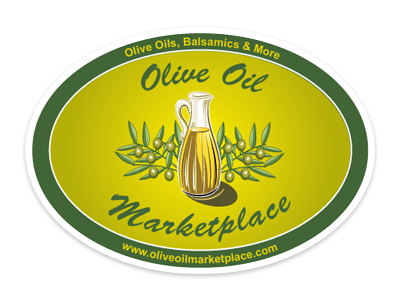What’s the Difference Between Extra-Virgin & Regular Olive Oil?
It seems we’re always grabbing for a bottle of “good” olive oil. For the most part, cookbook authors are referring to extra-virgin olive oil, the almighty elixir that sits a bit higher on the supermarket shelf than the regular version. But what exactly makes a bottle of EVOO so much more prized—and expensive—than its paler, more affordable brother?
Extra-virgin olive oil is made from pure, cold-pressed olives, whereas regular olive oil is a blend, including both cold-pressed and processed oils.
EVOO is made by grinding olives into a paste, then pressing them to extract the oil. There’s no heat involved, hence the “cold-pressed” label you often encounter. The resulting oil has a forest-green color; a grassy, peppery flavor; and a fruity aroma. This method, while effective, takes a substantial amount time. Certifying the product pure EVOO is also a rigorous, time-consuming process. These factors contribute to the oil’s higher price.
Any cold-pressed oil that doesn’t meet extra-virgin standards is then refined to get rid of undesirable impurities, giving the oil a more neutral flavor and lighter color. It’s then blended with a bit of premium EVOO to produce what’s labeled as just “olive oil.”

Leave A Comment